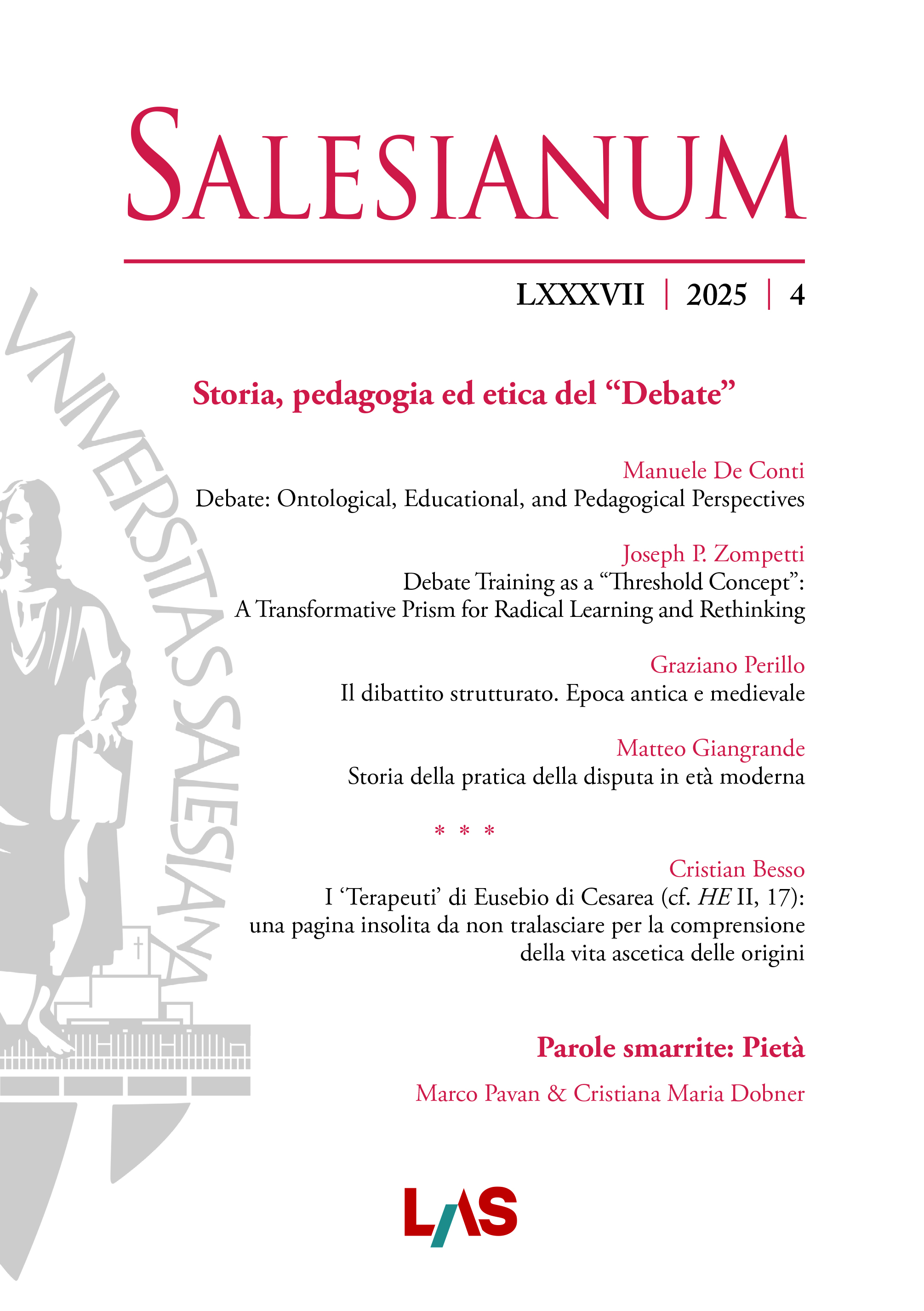What Happens at the Well? Rethinking a Biblical Type Scene
Salesianum vol. 87 (2025) n. 1, 156-177
Section: Studia
Sommario
Many works of ancient literature make use of recurring narrative patterns referred to as ‘type scenes’. Often associated with the writings of Homer, these are also found in the Bible. Many scholars identify the episodes in Genesis 24 and 29, Exodus 2, and John 4 which depict a man and a woman meeting at a well as examples of a type scene. There is little scholarly consensus, however, on how to define this particular type scene pattern, or on what unites its individual iterations. Previous studies have proposed betrothal, recognition, hospitality, and the reunification of separated groups as the key literary motif. The present study instead suggests that these four biblical texts, which can be referred to as ‘well encounters’, replicate a type scene pattern which resists tidy explanations according to a single motif. It is better envisioned as a recurring constellation of ten motifs: journey, socioethnic barriers, water, work, recognition, worship, announcement, food, welcome, and matrimony. These motifs can be found in all four texts, adapted to the literary and theological priorities of each.
Parole chiave
Type scene | Well encounter | Genesis | Exodus | John
